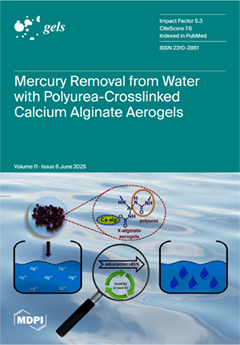Ovalbumin (OVA) and lysozyme (LYZ) are the predominant globular proteins in egg white and play a crucial role in influencing thermal stability and colloidal behavior. In this study, the thermal and conformational stability of OVA and LYZ under various physicochemical conditions including pH
[...] Read more.
Ovalbumin (OVA) and lysozyme (LYZ) are the predominant globular proteins in egg white and play a crucial role in influencing thermal stability and colloidal behavior. In this study, the thermal and conformational stability of OVA and LYZ under various physicochemical conditions including pH (5–9), protein concentrations (5, 10, and 20%), heating rates (2.5, 5, and 10 °C/min), sugars (sucrose and glucose), and salts (NaCl, KCl, and CaCl
2) was systematically investigated using differential scanning calorimetry (DSC), aiming to elucidate their behavior within colloidal and gel-forming systems. The denaturation temperatures (T
d) of OVA and LYZ in water (5%
w/
v, 5 °C/min) were 80.22 °C and 77.46 °C, respectively. The T
d of LYZ and OVA decreased with protein concentration, heating rate, and CaCl
2. OVA thermal stability was improved with increasing pH, but the stability of LYZ was decreased. Sugars enhanced the thermal stability of OVA and LYZ. In contrast, NaCl and KCl increased OVA stability but reduced LYZ stability. LYZ exhibited nearly 100% reversibility during the second heating cycle in water. Sugars maintained reversibility at approximately 90% for LYZ. However, the presence of salts diminished the reversibility. In contrast, OVA was completely denatured in water and sugar and salt solutions.
Full article






